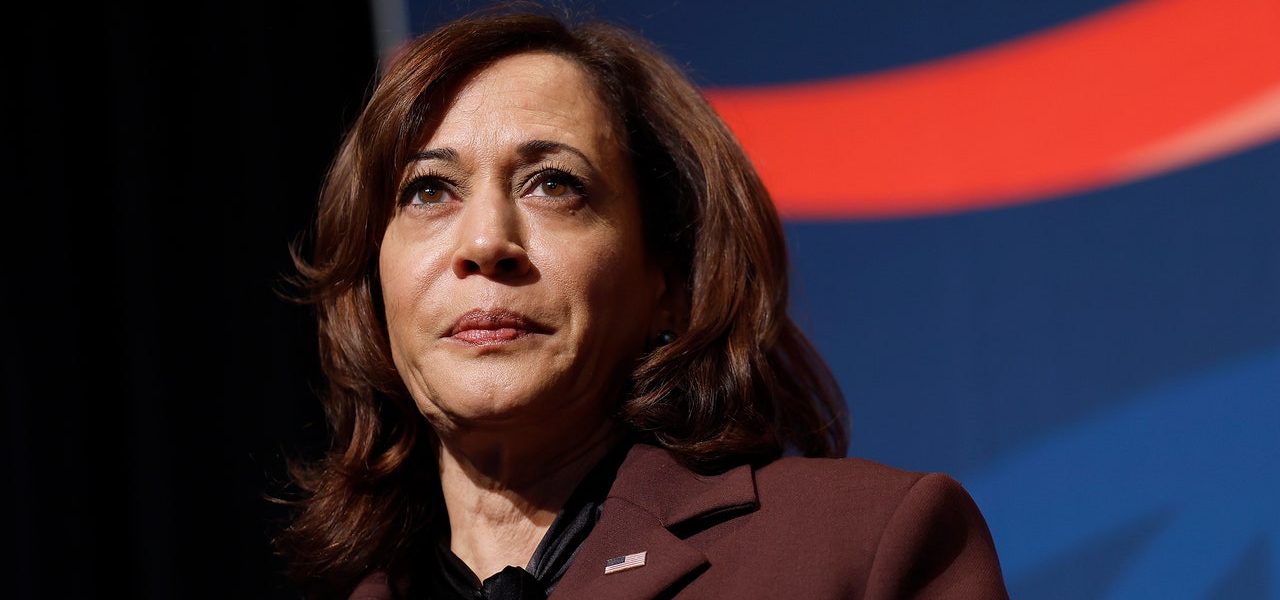U.S. Laws for Artificial Intelligence Use across the Federal Government, as outlined by the White House Office of Management and Budget
The new policy from the White House Office of Management and Budget will guide AI use across the federal government. It requires more transparency in the use of artificial intelligence and the development of technology within federal agencies. The policy sees the administration trying to strike a balance between mitigating risks from deeper use of AI—the extent of which are not known—and using AI tools to solve existential threats like climate change and disease.
The US hopes to emerge as an international leader with its new regime for government AI. The administration plans for the policies to serve as a model for global action, said Vice President Harris during a news briefing. She said that the US would continue to call on nations to put the public’s interest first in government use of artificial intelligence.
The agency must either stop using the system or justify its continued use if they can’t guarantee the safeguards. US agencies face a December 1 deadline to comply with these new requirements.
Many countries are regulating technology like Artificial Intelligence. The EU voted in December to pass its AI Act, a measure that governs the creation and use of AI technologies, and formally adopted it earlier this month. China is also working on comprehensive artificial intelligence regulation.
The guidance was released in October ahead of VP Harris’ visit to the United Kingdom to attend the first global artificial intelligence summit. The draft was open for public comment after it was released on Thursday.
It also requires that each agency appoint a chief artificial intelligence officer, a senior role that will oversee implementation of AI. And it outlines how the government is trying to grow the workforce focused on AI, including by hiring at least 100 professionals in the field by this summer.
The director of the OMB said that the public deserves confidence that the federal government will use technology in a responsible way.
Under the new guidance, agencies are required to share online each year an inventory of how they’re using AI and what risks are associated, and the inventory has to be accessible. That provision is “key,” Reeve Givens said.
The president and CEO of the Center for Democracy and Technology said to NPR that she still has questions about what testing requirements the government has the expertise to greenlight.
I believe this to be the first step. In order to get an effective auditing look, there will need to be a lot of detailed practice guides and expectations. “There is more work that needs to be done.”
One of the next steps that Reeve Givens is eyeing is the guidance that the administration will release on the procurement process and what requirements will be in place for companies whose AI technology the government wants to buy.
“That’s the point where a lot of decisions and values can be made and a lot of testing can be done before the government spending dollars on the system in the first place,” she said.
“We can then ask questions about, well, ‘What testing did you do? What did that look like? There can be more eyes and more public scrutiny on those uses, but this gives us a chance to start that public conversation,” she said.
Probing the OMB through AI: A Law Professor’s Comment on the Biden Administration’s Open Machine Learning (OpenMB) Guidance
The OMB guidance also sets out to encourage innovation through AI. The guidance signals to agencies that it is okay to look into using artificial intelligence, according to a law professor.
Several government agencies already use artificial intelligence, but the memo from the Biden administration outlines other ways the technology could be impactful — from forecasting extreme weather events to tracking the spread of disease and opioid use.




